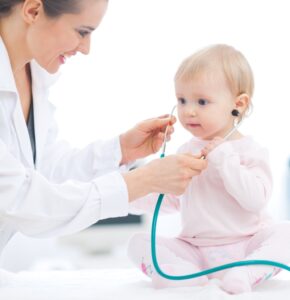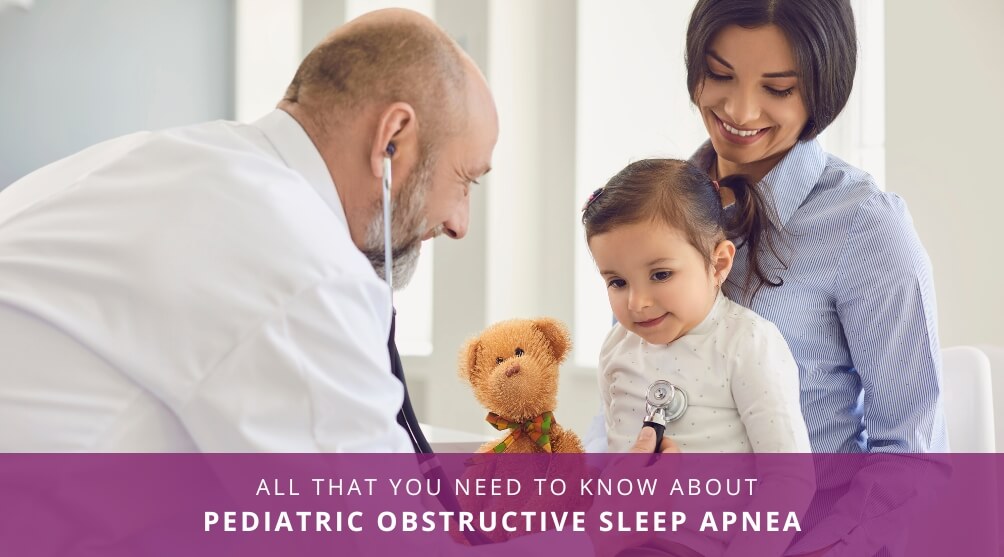All That You Need to Know About Pediatric Obstructive Sleep Apnea
Pediatric obstructive sleep apnea is when children are diagnosed with obstructive sleep apnea. Research suggests that 2 to 3% of kids suffer from sleep apnea, and it is as high as 10 to 20% among those who snore habitually. If your child snores, sleeps with their mouth open, has a weak attention span, and has behavioral problems, you may consult a pediatric obstructive sleep apnea specialist.
Children with obstructive sleep apnea stop breathing briefly while sleeping. The interruption usually lasts 10 to 20 seconds and can happen anywhere from five to 30 times within an hour. Even if your child stops breathing briefly while sleeping, their brain wakes up slightly, affecting their sleep and making them irritable the following day. This could cause health problems and lead them to perform poorly at school.
Pediatric obstructive sleep apnea, or obstructive sleep apnea in general, is treatable. If your child’s obstructive sleep apnea is due to enlarged tonsils or adenoids, surgery helps cure the sleep disorder. In other cases, the child might be asked to wear a specialized medical device while sleeping.
Reach out to us at Richardsons Dental and Craniofacial Hospital to learn more about pediatric obstructive sleep apnea treatment and pediatric obstructive sleep apnea surgery. Our pediatric obstructive sleep apnea specialists are happy to help you understand the problem and suggest possible solutions, including OSA surgery.

What is Pediatric Obstructive Sleep Apnea?
Sleep apnea can be of various types, with obstructive sleep apnea being the most common. Children diagnosed with sleep apnea experience pauses in their breathing as they sleep. The breathing can stop every few minutes or infrequently. Normal breathing resumes after a pause and is often accompanied by a choking sound or a loud snort.
Although obstructive sleep apnea in kids is similar to obstructive sleep apnea in adults in most ways, there are a few differences – while in adults, the airway is completely blocked, it is partially blocked in kids.
The breathing obstruction occurs due to a blockage in the upper airway. Pediatric obstructive sleep apnea is common in children between 3 to 6. Obstructive sleep apnea could occur if a child is overweight, has a growth or tumor in the airway, or has certain birth defects such as Down Syndrome or Pierre Robin Syndrome.
What Are the Symptoms of Pediatric Obstructive Sleep Apnea?
Several symptoms can help you identify pediatric obstructive sleep apnea. Some signs are restless sleep, bedwetting, behavioral problems, daytime sleepiness, heavy breathing while sleeping, gasps or snorts between breaths, and snoring (often with pauses).

